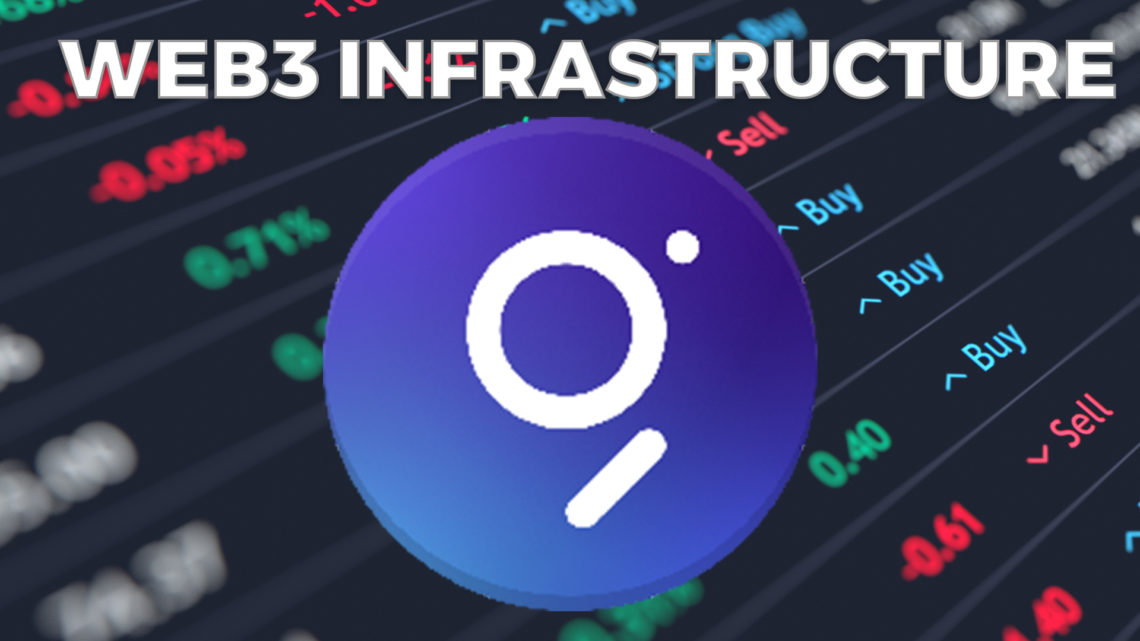Graph Day, held last week in San Francisco by Edge & Node, included a number of announcements aimed at benefiting the developers who use The Graph Protocol, the indexing protocol used for querying Web3 networks. Here’s the news from the event that will affect developers who are creating the open APIs called Subgraphs, and leveraging The Graph Protocol for projects.
Hosted services are now more robust
Edge & Node originally launched a hosted service at the first Graph Day back in 2019. It was always intended to be a temporary solution to support developers while fully decentralized indexing and querying services ramped up.
During his keynote address, Yaniv Tal, co-founder of The Graph and CEO of Edge & Node, made the announcement that the hosted service will be fully phased out by Q1 2023. In a later presentation, Brandon Ramirez, head of research and product at Edge & Node, flashed the following graph on the screen, showing that both services are very close to operating in the five-nines range we’ve come to expect for web services.
According to Ramirez, There are even times when the Edge & Node Hosted Service has had significant outages, and the decentralized network has been more robust. This should create confidence for developers to know that decentralization is ready to fully support their workflows. This leads us to the next announcement.
The Graph on the Arbitrum blockchain
Ramirez was on stage to introduce a proposal for a community vote on supporting The Graph Network transactions on the Layer 2 Arbitrum blockchain. A key motivation for this proposal is reducing the transaction costs for Indexer, Curator and Delegation roles.
As you can see in the following chart, the estimated reductions in cost for moving from Ethereum to Arbitrum One are substantial. The Upgrade Subgraph estimate is based on two updates to a subgraph per month, costing approximately $91.50 today and dropping to $3.50 for the same two updates on a Layer 2 solution.
The Allocation Lifecycle is the cost of running an Indexer for a fixed period of time, which also results in substantial cost savings. In theory, this should translate to either lower costs for the same frequency of subgraph updates, or the opportunity for more frequent updates because the costs are lower. If the community approves the proposal, the next step would be to roll out a Devnet on Layer 2 to allow testing of graph curation, allocation, and fee settlement.
While we’ve seen a number of dApp and NFT projects rollout as Layer-2 solutions, The Graph is among the earliest adopters of Layer 2 technology by an infrastructure protocol. You can review the GIP proposal on The Graph forum.


 Home
Home News
News










